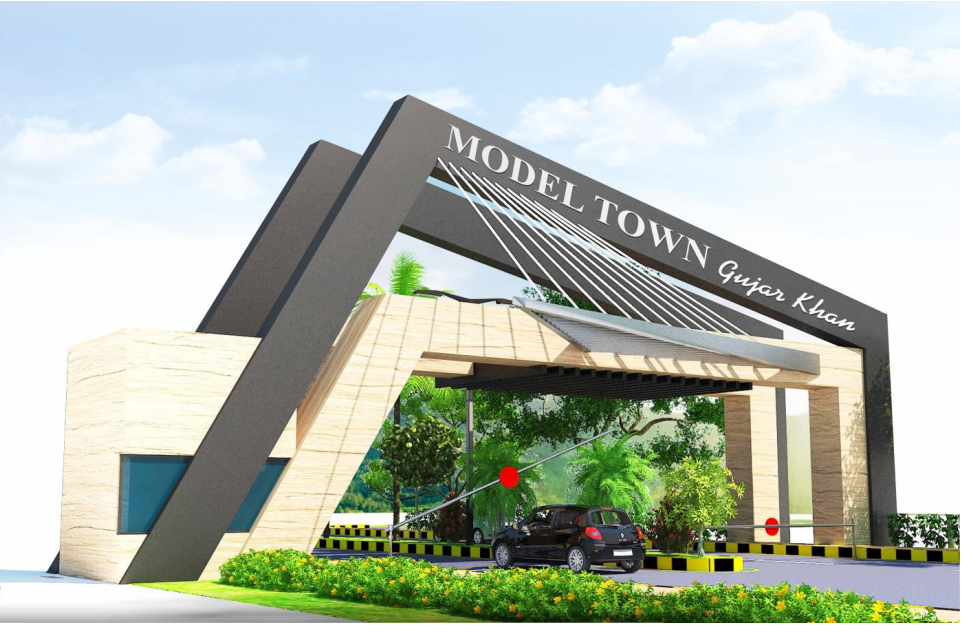The Mhurikay: A Case for an Additional New Social Housing Programme (NSHP) Modality
The Ministry of Economic Growth and Job Creation (MEGJC), through its housing portfolio, assesses government owned lands for future utilization, undertakes pre-planning and planning assessments, plans and implements housing projects. MEGJC also monitors the implementation of joint ventures and facilitation projects, upgrades existing sites, maintains infrastructure prior to handing over to local authorities and maintains government owned rental housing units and properties.
One of the flagship initiatives under the housing portfolio is the New Social Housing Programme (NSHP), which was established in 2018 by Prime Minister, Dr. the Most Hon. Andrew Holness, under the larger Housing, Opportunity, Production and Employment (HOPE) programme. The NSHP was developed to improve the housing condition of the country’s poor and disadvantaged population by providing quality, affordable and sustainable housing.
In order to maximize its effectiveness, the NSHP has been divided into three (3) implementation modalities:
- The provision of indigent housing
- Relocation of vulnerable communities facing imminent risk
- The Upgrading of Tenements (‘Big Yards’)
However, while these modalities have been well-received and very successful, there may be room for additional considerations in the form of a gated community targeted specifically at the country’s poor and indigent population. Similar to the upgrading of tenements, this proposed modality examines establishing a family centred community for various families in need in one central location but includes additional amenities for the identified families.
For more Information Check out the following Document:
A Case for an Additional New Social Housing Programme (NSHP) Modality by Cindy Archat.



